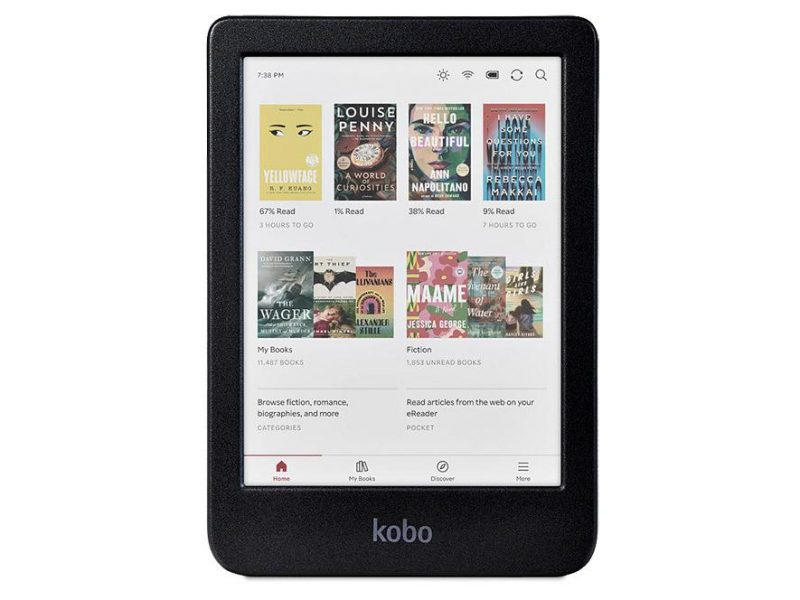
How to beat back-to-school clutter
By Heidi Smith Luedtke
In the back-to-school rush, parents’ best intentions may be buried under kids’ backpacks, homework assignments and missives from administrators. The best offense against back-to-school overwhelm is a strong zone defense at home. With this three-zone approach to organization, your family can keep everything under control this year.
Zone 1: The Launch Pad
If your mornings often include a large-scale search for shoes or sports equipment you need a family staging spot. Former teacher turned professional organizer Debby Lea of White Rock, B.C., recommends designating a place near the door for hanging coats and backpacks. Install hooks on the wall and use bins or cubbies to corral kids’ shoes. Label hooks and bins to clarify whose items belong where.
Make the launch area part of your family routine. Encourage kids to hang their coats and backpacks as soon as they enter the house after school, and to leave their shoes in the entry area. Items may be taken out for sports’ practice or homework time, but they should be returned after each use.
Give kids responsibility for making sure they have what they need for by adding a preflight check to their bedtime routine. Post a checklist of must-have items for each child to make it easy. Laminate the list so your child can check off items with a dry erase pen. “If you have very busy children, multiple checklists may save you a lot of headaches,” Lea says. Label them clearly with “What I need for school,” “What I need for piano,” and “What I need for soccer.” Putting everything in the launch pad at bedtime ensures your family can blast off fast after breakfast.
Zone 2: The Homework Station
“Not all children enjoy working at a desk,” says professional organizer Seana Turner. Work with your student to design a desirable homework space. Some kids prefer to do homework at the kitchen table where they can see what else is going on. Others might prefer a stand-up work station or a quiet corner in the bedroom. “If your child has trouble concentrating for long periods of time, consider doing different kinds of homework in different spaces,” Turner says. A change of scenery can renew kids’ energy.
Gather homework supplies into a portable caddy. This might be a rolling cart or a lidded plastic bin. Stow scissors, tape, pencils, markers, glue sticks, erasers, rulers, a stapler and a calculator in the homework station. This keeps your child from wasting time searching for supplies in kitchen drawers and minimizes the chance that the stapler off your desk will be missing when you need it.
“Many children and teens are afraid to throw anything away during the school year,” says Mary Ann Lowry, M.Ed., an educator and certified coach in Mesquite, Texas. Invest in a file system your child can use to store old notes and assignments. On a monthly basis, encourage kids to excavate their backpacks, sort through binders and move materials from completed units into the home archive. This keeps materials handy for final exam study sessions and prevents backpacks from growing too heavy.
Zone 3: Information Central
Keep tabs on what’s happening with a centralized information station. “This should be the single location for all the details family members need to know at any given time,” says professional organizer Katherine Trezise of Flanders, N.J. A commonly used, easily-accessible part of your home, such as the kitchen or family room, is ideal.
Your information center should include a master calendar everyone can see at all times. It can be either paper or electronic. The format is less important than the calendar’s comprehensiveness. “Transfer all scheduled activities, both school and recreational, onto the master calendar, then toss the paper reminders,” Trezise says. This decreases paper clutter and puts everything in one place, so you avoid scheduling conflicts.
Create a simple inbox/outbox system for each child in the information station. Teach your children to put any papers they bring home in the IN tray after school. Sort through the inboxes each evening. Write events on the master calendar, and sign papers as needed. Place items that need to go back to school in the child’s OUT tray. Before bedtime, each child should check his outbox and put papers into his backpack to return to school. At the end of the day, all the trays should be empty.
File kids’ art projects, essays and grade reports in expandable folders – one for each child each year. At year’s end, sort through papers with your child and toss unwanted items. Store the rest for safe keeping. “When your child graduates, you’ll have 12 or more neatly labeled folders containing his or her school memorabilia,” Trezise says. Grown up kids love to look back at old school work when they’re feeling nostalgic.
Online tools for school-life organization
Cozi Calendar www.Cozi.com <http://www.Cozi.com>
Allows you to color code each member of the family and syncs with other calendars automatically to ensure you’re all on the same page. An online grocery list ensures you always know what you need from the store. And it’s accessible on your smart phone.
Soshiku Shosiku.com <http://www.Shosiku.com>
Provides a colour-coded to-do list of homework tasks and assignments, organized by due date. Allows kids to link up with classmates for collaborative projects, and sends text message reminders about tests and deadlines.
Grade Fix www.GradeFix.com <http://www.GradeFix.com>
Allows kids to enter the details of a class project and schedule steps to get it done on time. A great tool for breaking big assignments into manageable chunks.
Evernote www.EverNote.com <http://www.EverNote.com>
An electronic system for collecting links, images, notes and quotes and keeping them all in one place. Overachievers can use the Peek app to turn class notes into self-quiz questions. How smart is that?







